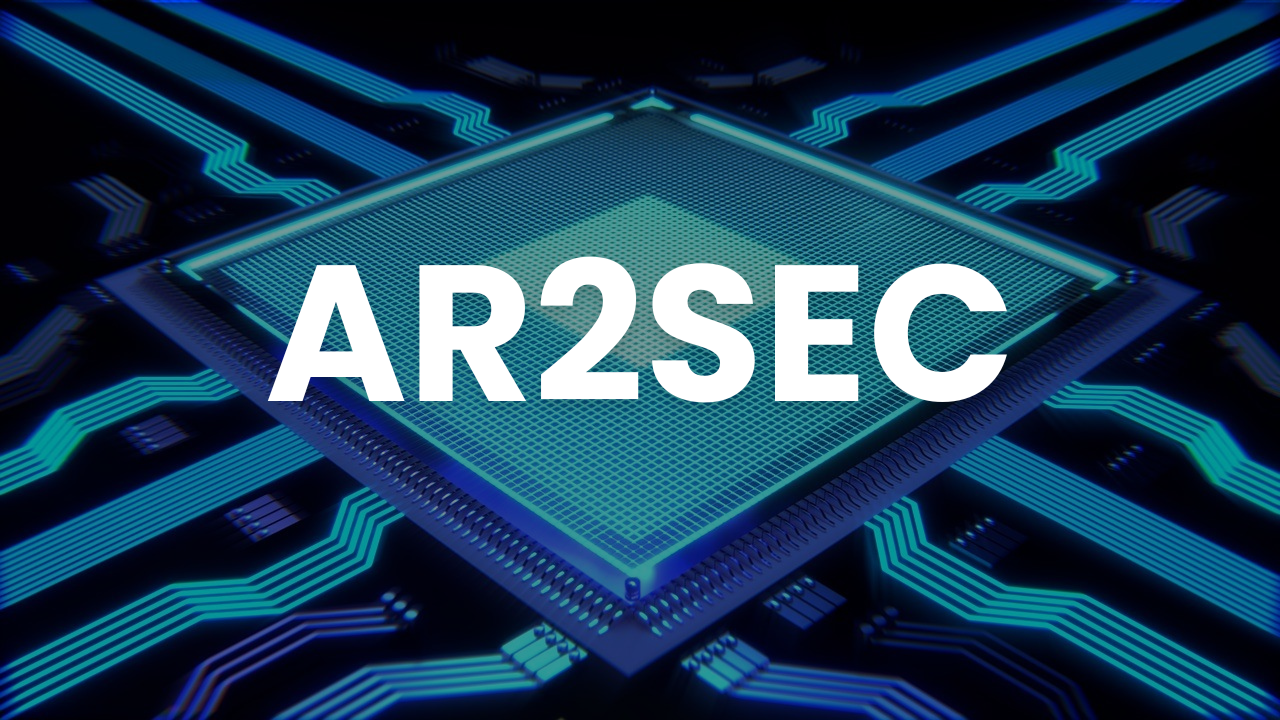Telecommunications satellites for two long-standing Arianespace customers were launched today on the company’s sixth Ariane 5 flight in 2014, extending the heavy-lift workhorse’s string of consecutive successes to 63. Ariane 5 lifts off from the Spaceport’s ELA-3 launch zone on the daytime mission that lofted the DIRECTV-14 and GSAT-16 satellite payloads. Delivering a total payload lift performance of approximately 10,200 kg., the mission – designated Flight VA221 in Arianespace’s numbering system – lofted DIRECTV-14 for operator DIRECTV, along with the Indian Space Research Organisation’s (ISRO) GSAT-16.The DIRECTV-14 spacecraft was deployed first in the flight sequence, separating from Ariane 5 nearly 28 minutes after liftoff, followed four minutes later by its GSAT-16 co-passenger.“This dual mission to geostationary transfer orbit is the very symbol of Arianespace’s capacity to address the entire span of satellite communications operators,” said Stéphane Israël, the company’s Chairman and CEO, in post-launch comments at the Spaceport.The Arianespace mission diversity, which is geographic and cultural in nature, has been underscored throughout 2014 with five commercial launches performed for 10 customers evenly distributed across the globe – spanning the Americas, Europe and Asia-Pacific. December 18, 2014 – Soyuz Flight VS10 delivers 4 more O3B Payloads to orbitThe medium-lift Soyuz mission, which deployed the next four satellites for O3b Networks’ pioneering connectivity service on a flight performed from the Spaceport in French Guiana, wrapped up an historic 12 months of commercial launch services for Arianespace.The 2-hr., 22-min. flight began with the propulsion of Soyuz’ basic three-stage launch vehicle, and was followed by multiple burns of its Fregat upper stage. O3b Networks’ four satellites were released in two phases from a dispenser system atop the Fregat stage.This launch success – which had a total payload lift performance of more than 3,180 kg. – continues the strong partnership between Arianespace and O3b Networks. It follows Arianespace Soyuz missions in July 2014 and June 2013 that orbited the customer’s first eight spacecraft in batches of four each – enabling O3b Networks to become fully operational.With its roll-out of services on a global basis in September 2014, O3b Networks offers a system that combines the reach of satellite with the speed of fiber – providing customers with affordable, low latency, high bandwidth connectivity. The constellation is fully scalable to meet market demand and operates from a medium-orbit altitude of 8,062 km., with O3b’s spacecraft all designed, integrated and tested by Thales Alenia Space GTD AT KOUROU SPACE CENTERSince 2003, each time an Ariane 5, a Soyuz or a VEGA are launched from the spaceport in Guiana, as well as the payload, many hours of work are required from GTD’s technical teams.GTD supplies services and software in practically all steps of an Ariane 5 mission – from the launcher's flight program to the responsibility of ground systems that control the launching operations, as well as the radars, telemetry and mission control systems.Each launch is also a challenge for GTD’s team, who is responsible for all the computer systems at the launch site. Each launch is a fresh new project; there is no routine, which means our engineers always embark on an adventure than goes beyond technical jobs that require a lot of responsibility.Countdown: The campaign to prepare a launcher takes about 22 - 30 working days, and a campaign to prepare the payload (satellite) takes from 4 weeks to 5 months (depending on the mission and its magnitude). Our teams are currently able to launch up to seven double Ariane 5, up to four soyuz and up to two Vega per year, that is, 14 telecom satellites and 4 to 6 EO and scientific spacecraft every year.Launch day: The end of the countdown is near. The final operations to fill the liquid propellants on the Ariane 5, and then the ground operation tests are carried out on the launcher. During this stage, gtd's staff is working hard all round the Spaceport. In the launch site's bunker, the technical centre, in Des Pêres Mountain where the radar and telemetry installations are, in the meteorological centre where the last conditions before the launch is authorised.At the same time, a support team is configuring a backup of the computer systems in Barcelona, 8,000 km away from the Ariane 5, which is already letting out oxygen steam.Ariane is launched: Once the launcher is in the air, it is controlled on board (by the embedded computer) and from the Jupiter Control Centre (CDC). These two systems were also designed by GTD’s engineers and are currently being operated by GTD’s engineers, too. Once the launcher releases the payloads (at a height of 500 - 600 km), everyone breathes a sigh of relief and starts clapping and cheering and congratulating each other; but our engineers are already thinking about the next mission that starts the following morning...



.jpeg)













